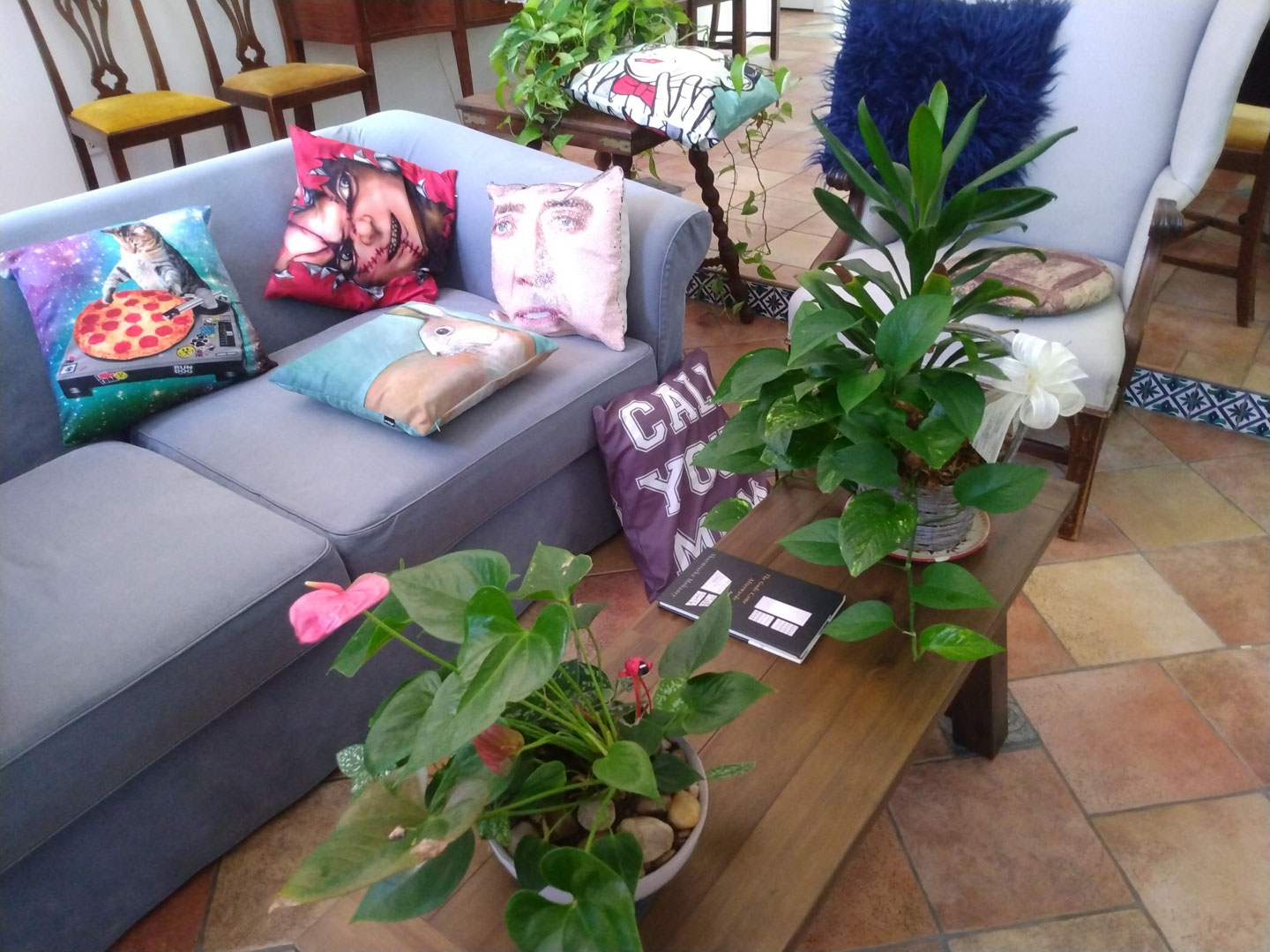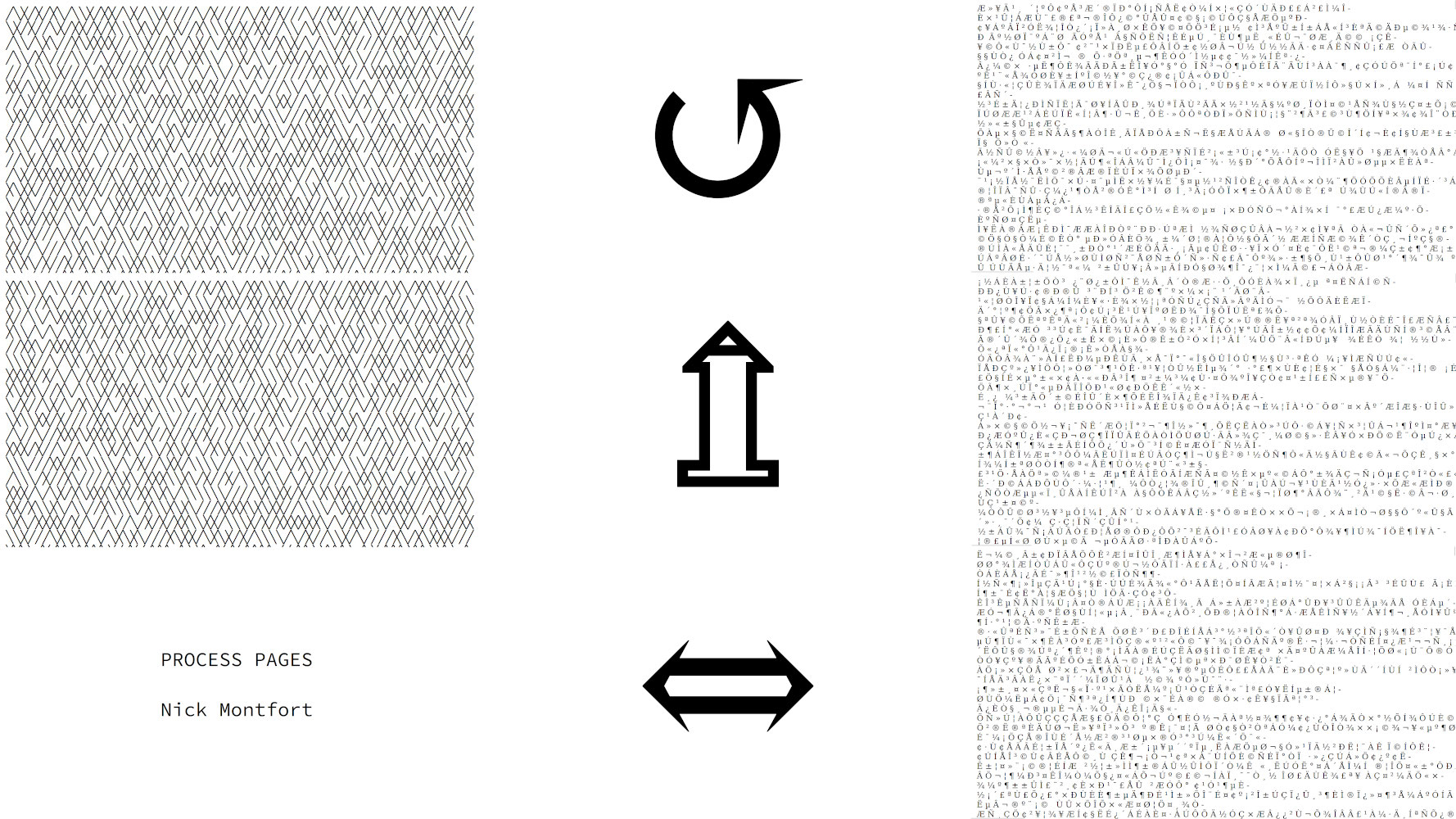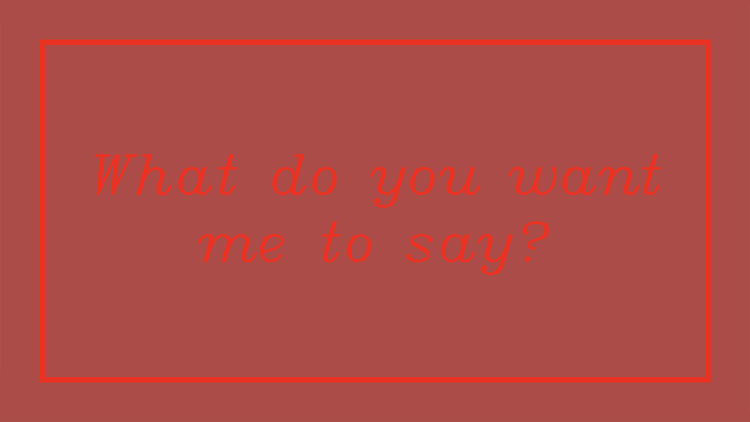Ben Grosser
ORDER OF MAGNITUDE and DEFICIT OF LESS are video supercuts that examine Silicon Valley’s obsessions with growth. Both use as an archive every publicly-available video-recorded appearance by Facebook CEO Mark Zuckerberg during the first fifteen years of the company. ORDER OF MAGNITUDE is assembled using three of Mark’s most favored words: “more,” “grow,” and his every utterance of a metric. Adding up just those words, the result is a nearly fifty minute film that reveals primary topics of focus for the tech CEO, acting as a lens on what he cares about, how he thinks, and what he hopes to attain. DEFICIT OF LESS asks a different question: does Mark ever talk about less? When the result of this extraction added up to less than 60 seconds of footage, I began to wonder: what might the world look like if Mark had thought about less as much as he had about more? I thus set out to reanimate the CEO into an alternate reality, expanding his less to be just as long as his more, taking those few bits of video and, instead of playing them in real-time, slowed them down to nearly fifty times their original length. How might the world be different if Mark had been this inert? This work uses Mark’s words to illustrate just how far our current reality must be distorted to equalize big tech’s obsession with more with its DEFICIT OF LESS.
Ben Grosser creates interactive experiences, machines, and systems that examine the cultural, social, and political effects of software. Exhibition venues include Eyebeam in New York, Somerset House and the Barbican Centre in London, Centre Pompidou in Paris, SXSW in Austin, Museum of Modern Art in Moscow, World Museum in Liverpool, Museu das Comunicações in Lisbon, Museum Kesselhaus in Berlin, Science Gallery in Dublin, Japan Media Arts Festival in Tokyo, IMPAKT Festival in Utrecht, and the Digital Arts Festival in Athens. His works have been featured in The New Yorker, Wired, The Atlantic, The Washington Post, The Los Angeles Times, PBS, Fast Company, Hyperallergic, BBC, The Telegraph, Le Monde, Corriere della Sera, Der Spiegel, El País, and Folha. The Guardian (UK), writing about his recent film ORDER OF MAGNITUDE, said “there will be few more telling artworks [from] the first decades of this century … a mesmerising monologue, the story of our times.” Speaking about his social media-focused projects, RTÉ (Ireland) described Grosser as an “antipreneur.” Slate referred to his work as “creative civil disobedience in the digital age.” Grosser’s artworks are regularly cited in books investigating the cultural effects of technology, including The Age of Surveillance Capitalism, The Metainterface, and Investigative Aesthetics, as well as volumes centered on computational art practices such as Electronic Literature, The New Aesthetic and Art, and Digital Art. Grosser is an associate professor of new media in the School of Art + Design and co-founder of the Critical Technology Studies Lab at the National Center for Supercomputing Applications, both at the University of Illinois at Urbana-Champaign, USA. https://bengrosser.com


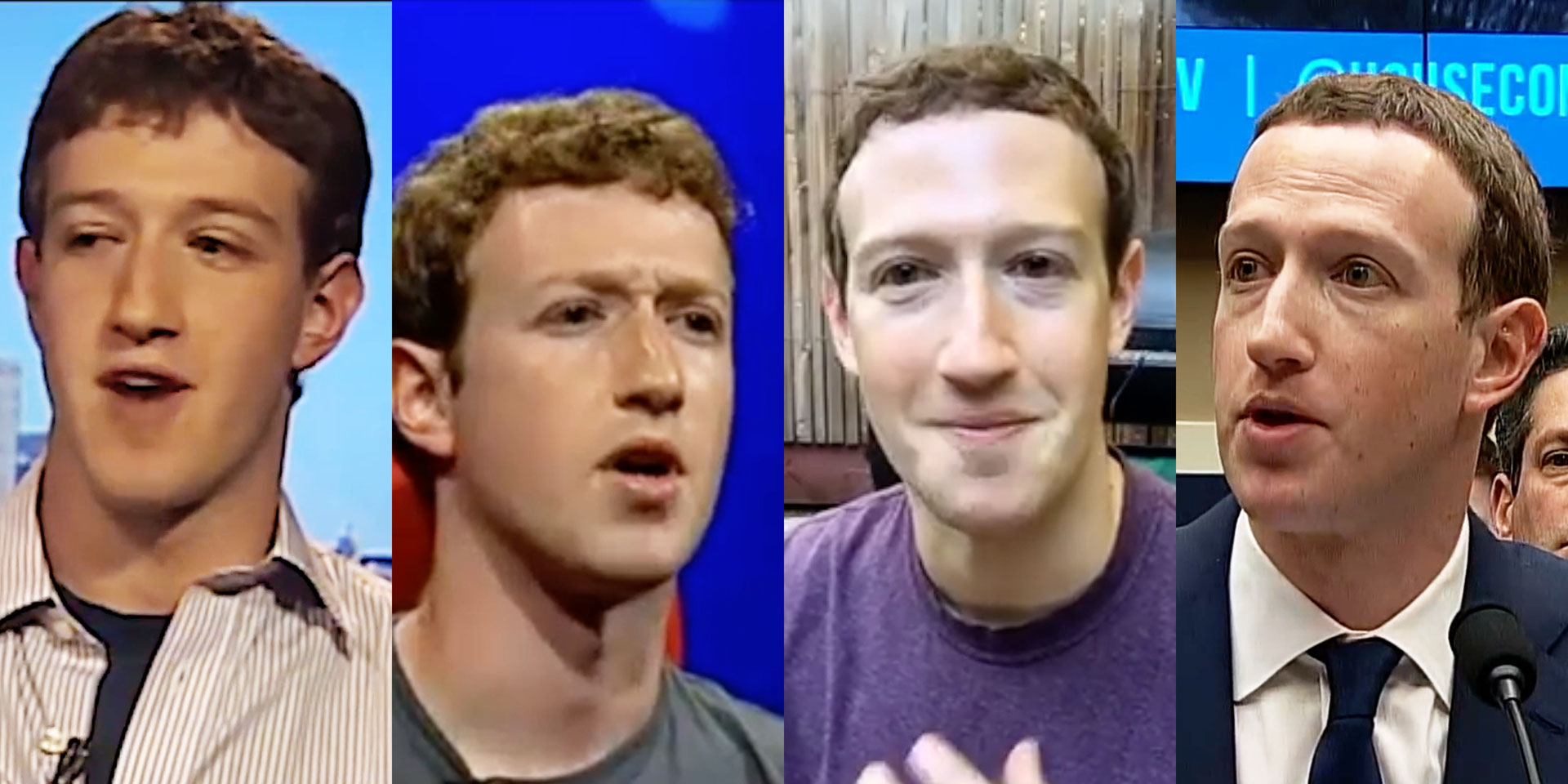
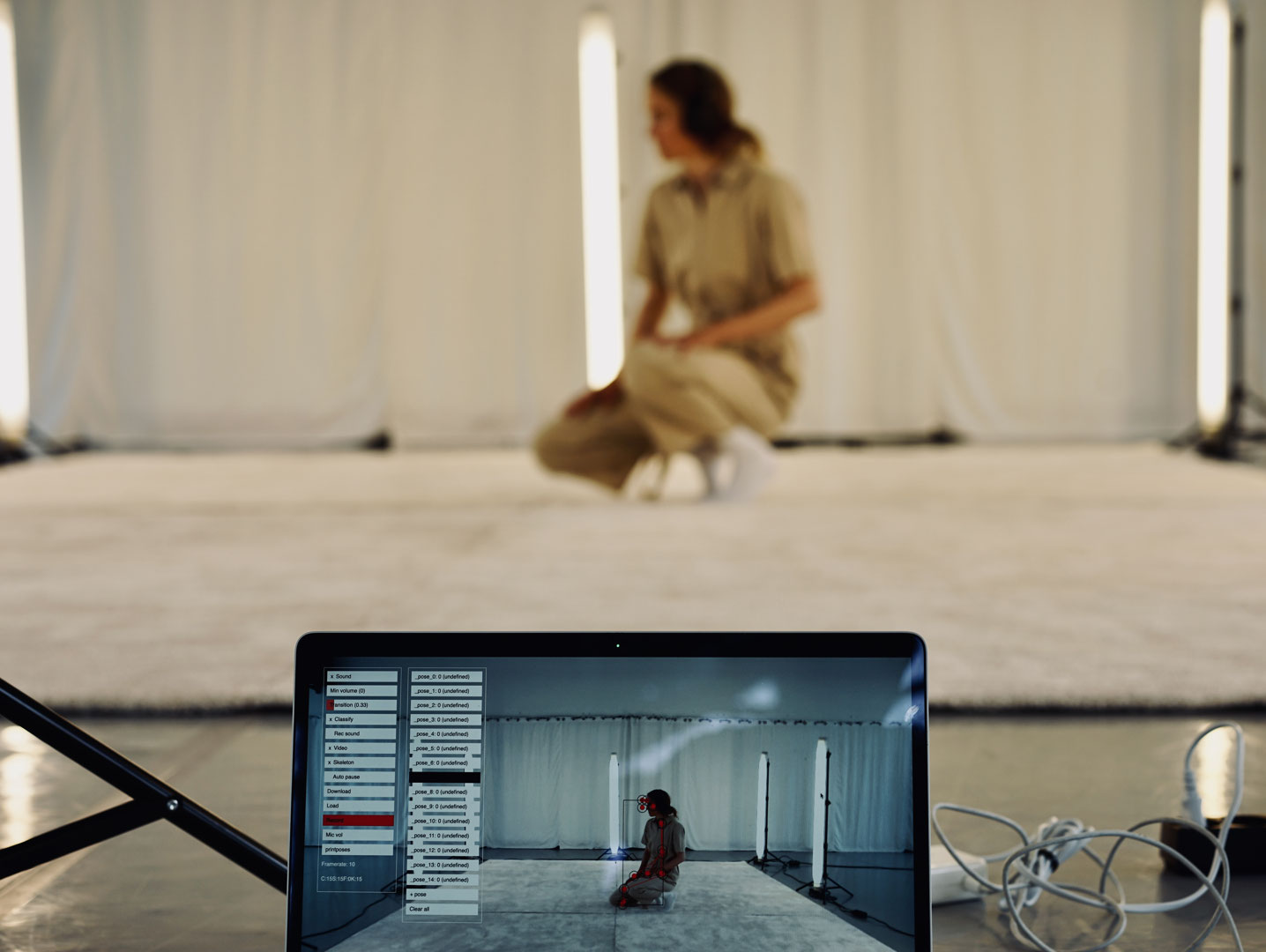
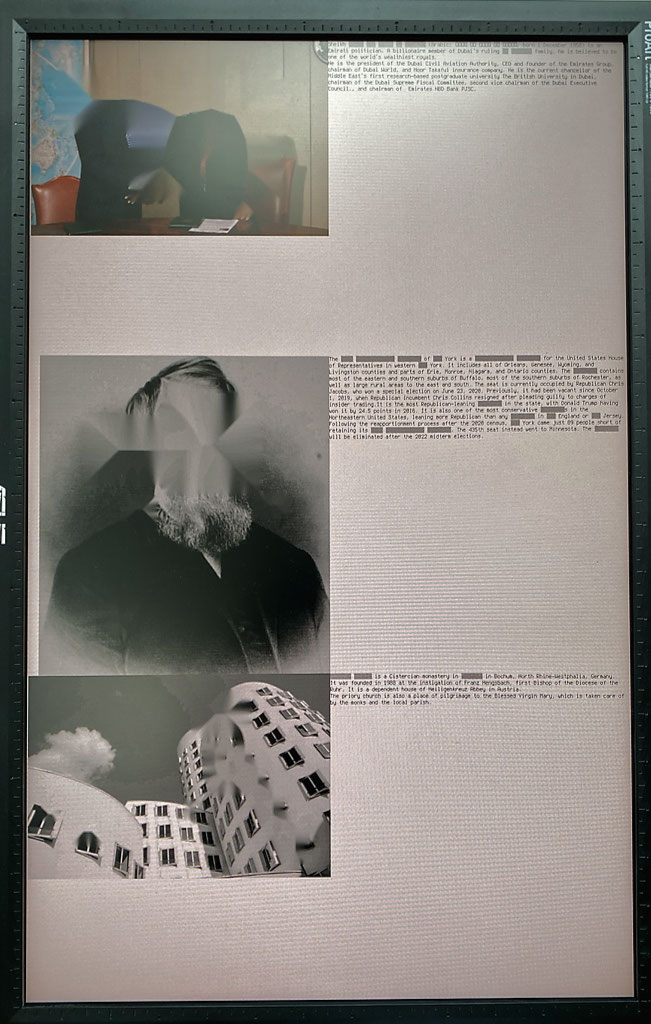
![Vis.[un]necessary force_1*](https://22.piksel.no/wp-content/uploads/sites/12/2022/11/LUZ_MARIA_SANCHEZ_CARDONA_2487_01_L18khwP.png)
